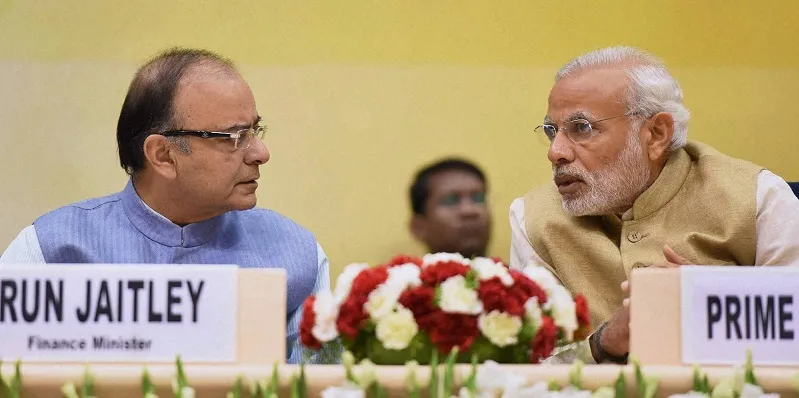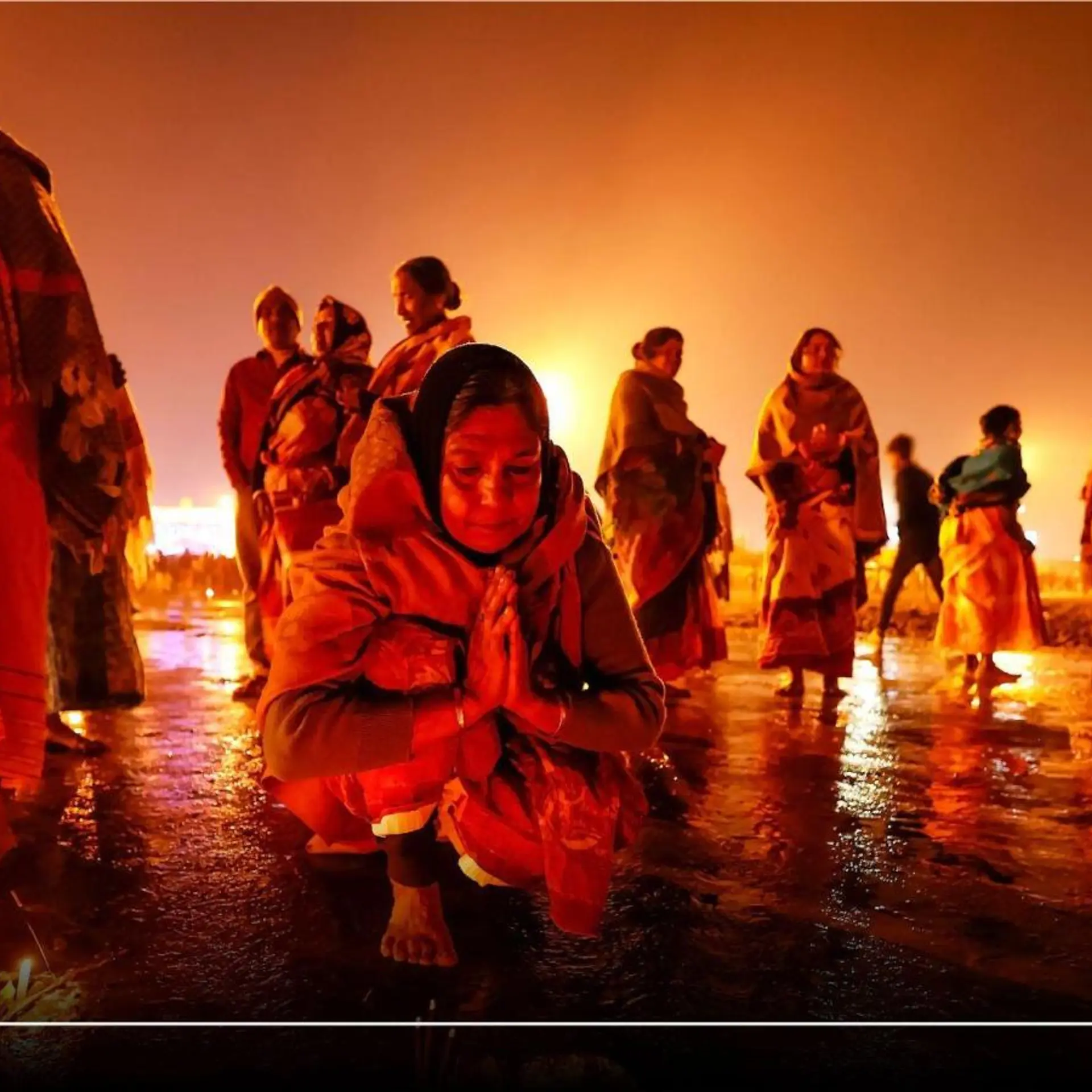Demonetisation has a telling effect on Assembly results, but for political parties
The BJP's stupendous victories in two states may not be a vote favouring demonetisation, but they will certainly pave the way for more and speedier reforms by giving the Modi government the requisite muscle in the Rajya Sabha.
While the debate on the effectiveness of demonetisation still rages four months on, one question has been answered – that of the initiative’s impact on political parties and their ability to contest elections. The BJP’s huge electoral victory in Uttar Pradesh and Uttarakhand, as well as the close competition it gave the incumbent Congress government in Manipur, points to the huge body blow dealt to the opposition by demonetisation. The sheer numbers the BJP has amassed in these elections, regardless of the two states it lost — one in alliance with the Shiromani Akali Dal (SAD) — will help it increase its tally in the Rajya Sabha and speed up the reforms process.

This also means that the Centre is expected to use this position of power to fund economic growth and go the whole hog in digitising the economy.
Bracing for growth
As demonetisation measures have not yet come full circle, the NDA government at the Centre is expected to use this opportunity to fund economic growth, and is sure to announce measures, such as lending to startups and industry, that will lead to more GDP growth and employment. According to reports, the GDP is expected to grow 7.1 percent this fiscal.
This victory ensures that the Narendra Modi government, which has been talking of several economic reforms, will go full steam ahead as it has just two years to showcase its work before the Lok Sabha polls in 2019.
While the PM described the victory in UP as a humbling and overwhelming experience, BJP President Amit Shah attributed the win to Modi’s demonetisation exercise and the opening of Jan Dhan accounts.
In Uttar Pradesh, the party surprised everyone by crossing the 300-mark in a house of 403. While the magnitude of the win in India’s most populous state can in no way be underplayed, we must be wary of naming the victory a vote by the people in favour of the November 8 decision to ban high-value currency notes. The hassles faced by citizens, who were forced to queue up across India in front of banks to exchange or deposit old notes and withdraw small sums, cannot be ignored, and the party’s loss of power in Punjab (along with partner SAD) and Goa should serve as a sobering reminder that all is not well.
Demonetisation's effect on parties
The effect of demonetisation was fully felt by the Samajwadi Party and the Bahujan Samaj Party, which clearly bore the brunt of a fund crunch after the move. But the exercise is far from over for both citizens and political parties, if Finance Minister Arun Jaitley’s 2017 budget was any indication.
Jaitely spoke of ringing in electoral reforms and sought a Rs 2,000 cap on unknown individual donations to political parties, a significant drop from the limit of Rs 20,000 that is currently in force.
While this could be accepted from only one source, he proposed that all registered parties be allowed to receive donations through cheques, bank transfers, and digital modes. He also suggested that bonds purchased by donors could be redeemed by political parties.
The BSP, which also contested the UP polls and came a distant third, after the BJP and the SP-Congress combine, has been inconsistent in filing its Income Tax returns, and claims that 100 percent of its income came from unknown donors who paid below Rs 20,000 each. Both its chief, Mayawati, and UP’s incumbent CM, Akhilesh Singh Yadav, have said that India’s economy runs mainly on cash and that the people, affected harshly by demonetisation, would teach the BJP a lesson.
Both parties have fared miserably. Mayawati even alleged that the electronic voting machines (EVM) were rigged in a way that all votes, including those in her party’s favour, were automatically transferred to the BJP! Akhilesh Yadav has also asked for an inquiry into the truth of these allegations.
The Aam Aadmi Party, with its high moral ground, met with conflicting results. While on the one hand, it looks set to come second in Punjab, it appears to have scored a blank in Goa. In both states, its numbers were not enough to prevent the Congress from coming to power.
In Manipur, the race for the halfway mark of 31 was a close one between the Congress and the BJP for most of the day.
Agenda back to reform
On a positive note, the Rs 13 lakh core that has come back into banks is a lot of money, and holds a great deal of potential, if put to good use. Banks can now lend at reduced interest rates as they are flush with cash. With this money, the government can lend to startups and small and medium enterprises, especially those in manufacturing, to give a fillip to its Make in India campaign and roll out reforms faster.
Among the anticipated reforms are the country-wide rollout of the Goods and Services Tax or GST and new norms in funding infrastructure such as highways, waterways, metro rail, suburban rail, and other public infrastructure, which require a firm push.
With the end of the election season this financial year, starting from next month, the government is expected to pull out all stops and put its development agenda back on track.







